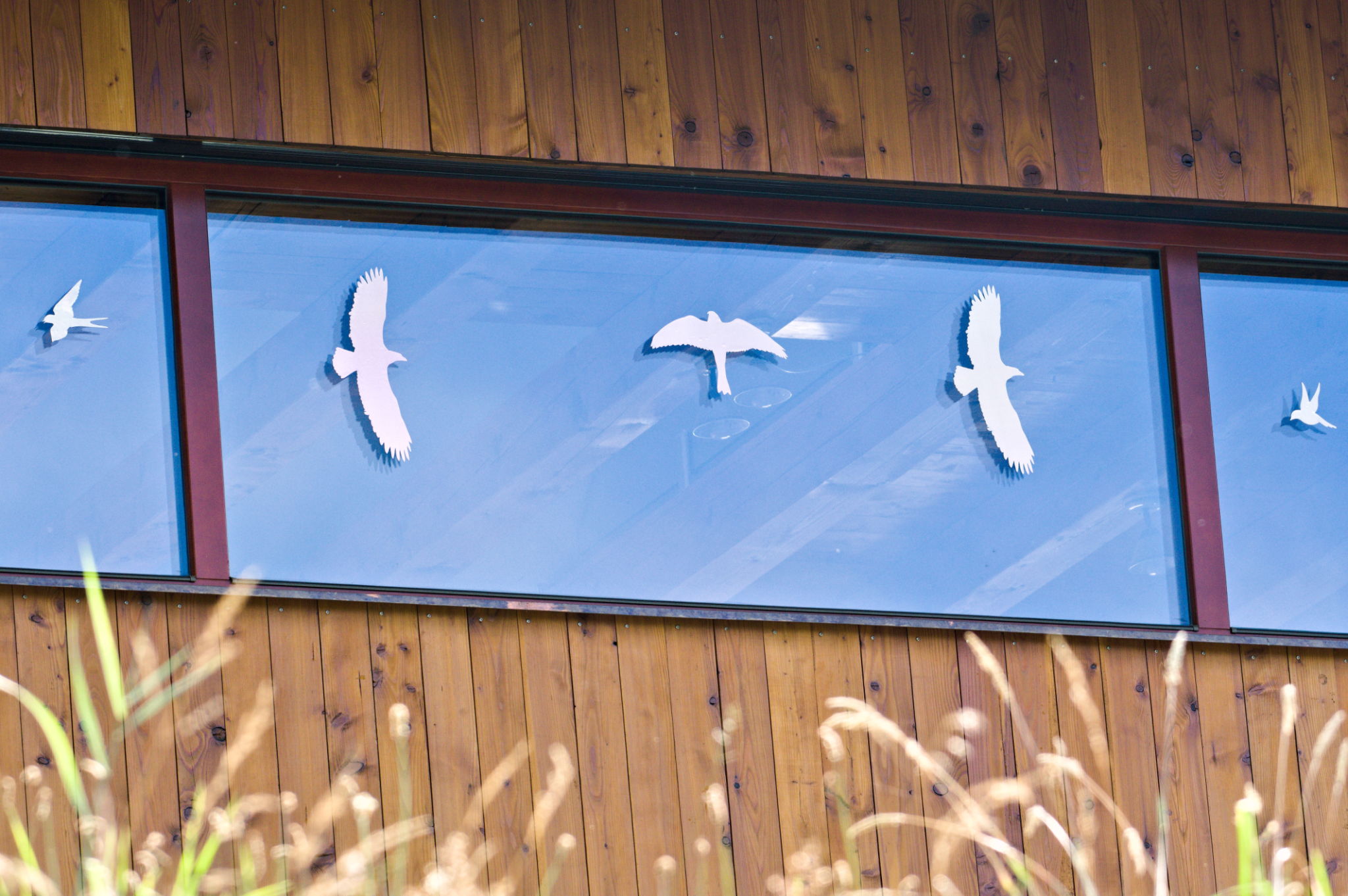The Impact of Seasonal Changes on Avian Collision Prevention
Understanding Avian Collisions
Avian collisions with man-made structures have become a significant concern for both conservationists and urban planners. Birds often collide with windows, towers, and other structures, leading to millions of avian fatalities annually. Understanding the impact of seasonal changes on these collisions is crucial for developing effective prevention strategies.

The Role of Migration Patterns
One of the primary reasons seasonal changes affect avian collisions is due to migration patterns. During migration seasons, such as spring and fall, birds travel long distances, often through urban areas. This increased movement heightens the risk of collisions as birds encounter unfamiliar obstacles in their paths.
Moreover, during these periods, birds may fly at night or in low-visibility conditions, relying heavily on environmental cues that can be disrupted by artificial lights and reflective surfaces. This disruption can lead to disorientation and, consequently, more collisions.
Impact of Weather Changes
Seasonal weather variations also play a pivotal role in avian collision rates. For instance, in spring and fall, fluctuating temperatures can affect bird behavior and flight patterns. Sudden temperature drops or storms can force birds to fly at lower altitudes where they are more likely to encounter man-made structures.

Additionally, fog and rain can obscure visibility, increasing the likelihood of birds colliding with buildings. These weather conditions are more prevalent during certain seasons, making it imperative to consider them when planning avian collision prevention measures.
Implementing Seasonal Prevention Strategies
To mitigate the impact of seasonal changes on avian collisions, tailored prevention strategies must be employed. One effective method is adjusting lighting in urban areas during key migration periods. Reducing or altering lighting can minimize disorientation caused by artificial lights.
- Installing bird-safe windows with patterns or films that make glass visible to birds.
- Utilizing motion sensors to reduce unnecessary lighting.
- Implementing bird-friendly building designs that consider avian movement patterns.
The Importance of Monitoring and Research
Continuous monitoring and research are essential to understanding the nuances of how seasonal changes affect avian collisions. By gathering data on bird movements and collision incidents, researchers can develop more effective strategies and adapt existing measures to meet new challenges.

Collaborations between scientists, conservationists, and urban planners can lead to innovative solutions that not only protect bird populations but also enhance urban ecosystems. Public awareness campaigns can also play a vital role in educating communities about the importance of avian collision prevention.
Conclusion
Addressing the impact of seasonal changes on avian collisions requires a multifaceted approach that considers migration patterns, weather conditions, and human activities. By implementing strategic measures and fostering collaborations, we can significantly reduce avian fatalities and contribute to the preservation of biodiversity in urban environments.